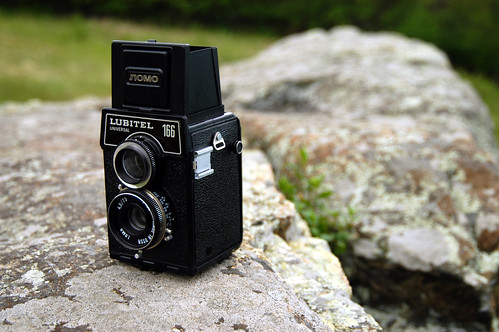The process of removing squirrels from your property doesn’t necessarily end with the physical eviction or extermination of these tiny creatures. Squirrel removal should be followed by a proactive plan to prevent any future infestations. It is one thing to remove an active squirrel colony from your premises, but it’s entirely another to ensure they stay gone for good. Below, we provide practical tips on how to follow up after squirrel removal, including repairing squirrel damage, preventative measures and constant monitoring.
Firstly, once the squirrels have been successfully removed, it is necessary to repair any damage they may have caused. This primarily includes sealing off their entry points into your property. Squirrels are notorious for creating multiple entry points, but there are usually some primary ones that they use more frequently. Identify these holes and seal them with a strong, durable material that squirrels can’t gnaw through, such as steel hardware cloth. Also, it is wise to trim tree branches near your home to dissuade squirrels from jumping onto your rooftops. After closing off access points, turn your attention to cleaning up and repairing other damages they might have caused. This could involve replacing soiled insulation, cleaning up feces and urine, or patching up chewed wiring and holes in ceilings or walls.
Effective prevention strategies are the key to keeping squirrels from reentering your property. Install rodent barriers around the base of the trees in your yard to prevent squirrels from climbing and gaining access to your house. Another critical step to consider is eliminating food sources. Don’t leave food outside and securely store garbage cans. Moreover, consider using squirrel repellents. Natural repellents such as capsicum-based sprays work quite well for squirrels by irritating their nasal passages and deterring them from coming near sprayed areas. Keep in mind that these need to be reapplied frequently, especially during the rainy season. Commercial sound machines designed to deter squirrels are also an option. However, their effectiveness often varies, and some squirrels may quickly acclimate to the sounds.
Regularly monitoring your property is also paramount when preventing future squirrel invasions. Following the completion of the squirrel removal process, you should remain vigilant to recognize the signs of a fresh infestation. Signs may include but not limited to: strange noises in the attic or between the walls, especially during the daytime (when squirrels are most active); the scattering of unexplained debris like nutshells or nesting material around your property, and sightings of squirrels hanging around your property more than usual. In case you notice any of these signs, consider scheduling a professional inspection to accurately determine the presence of a squirrel or other wildlife activity.
In conclusion, effective follow-up after squirrel removal involves a meticulously crafted plan. Remember that repair, prevention, and monitoring are the key components of maintaining a squirrel-free property. By immediately fixing damages, installing preventive measures, and constantly monitoring your property for any signs of squirrel activity, you can significantly reduce the chances of future invasions. The tasks might seem daunting at first, but their application might mean the difference between a one-time removal and a costly recurring problem. Engaging with wildlife control professionals can also offer a comprehensive solution beyond initial removal, including prevention measures and expert advice on keeping your property rodent-free.
Lubitel 166
By D.Clow – Maryland on 2006-05-27 08:52:02
